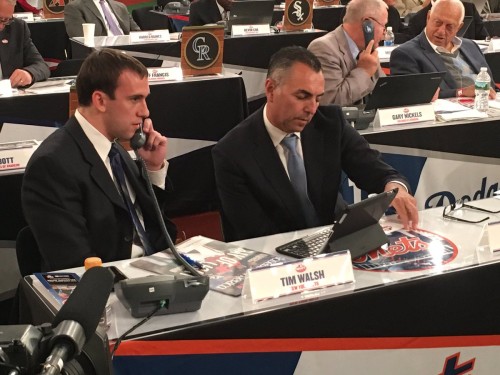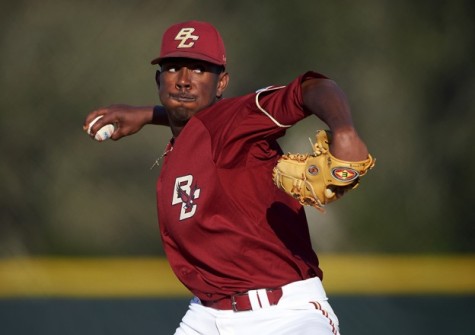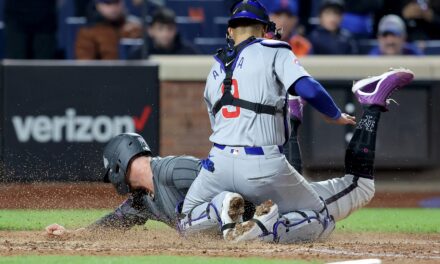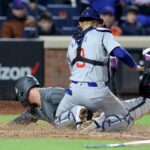
Clayton Collier, Metsmerized Online
With the 19th selection of the MLB Draft, the New York Mets selected right-hander Justin Dunn out of Boston College.
The Mets say they love his upside and didn’t expect him to be on the board. They view Dunn as a starting pitcher and saw this as an opportunity to replenish the system with high upside pitching.
The Mets believe his fastball and power curve are plus pitches, and that his changeup and slider are works in progress.
The New York native began the 2016 spring season in the bullpen and dominated there, striking out 17 batters in 13 1/3 relief innings before he moved into the rotation in April.
Scouting Grades: 20-80 scale
Fastball: 65/70
Slider: 60/70
Curveball: 50/55
Changeup: 50/60
Control: 40/55
Overall: 50/60

Baseball America
Justin Dunn
Hometown: Freeport, New York
Height/Weight: 6’2″, 185 lb
Throws/Bats: R/S
School: Boston College
John Sickels
Dunn opened 2016 in the bullpen again, giving up three runs in 13 innings with a 17/3 K/BB. He moved into the starting rotation in April and has continued to dominate in longer outings, with particularly strong performances against tough competition like Virginia (five shutout innings in his first start) and Louisville (one run in six innings).
Keith Law
Control has been a bit of an issue for Dunn, especially since he moved into the rotation. But there again, context is important when it comes to projection, and the circumstances surrounding Dunn’s development to this point should be taken into account when it comes to projecting his control. Bottom line is he’s a high-upside college arm without a long track record of success as a starter.
Boston College Interaction
He wasn’t a pitcher when he got here. He was an infielder who got up on the mound a few times and could just throw. He was a super athletic kid with a good arm. Over the past three years, he’s turned into a pitcher. His freshman year he didn’t have any command, he was just trying to throw every fastball as hard as he could. Then he started to understand the concept at the end of his freshman year down at URI, and (former assistant coach Scott Friedholm) did a good job of starting that whole process. I think it really opened his eyes the first time he touched 96 on the fastball, and it was hit over the scoreboard.
Lookout Landing
Dunn’s bread and butter will always be his hard fastball, which will sit 93-95 mph, but it will be interesting to see if he manages to develop either his curveball or slider into a plus pitch. The slider can look deadly at times with late, sharp movement, but I’m not sold on his ability to consistently command it. The curveball is a big looper that is occasionally left up, but he mixes it amongst his pitches well and frequently catches hitters off guard with it.
Jonathan Mayo
Dunn has always had a plus fastball and he maintained it in his early starts, lighting radar guns up to 98-99 mph and sitting in the 92-95 mph range. He utilizes two breaking balls, both of which are Major League average: a three-quarters curve and a solid hard slider. His changeup will also flash average, though he didn’t need it much as a reliever. His command is fringy at present, but his outstanding stuff helps make up for it.
Many teams feel Dunn has a very good chance to start as a Yordano Ventura type athletic, yet slightly undersized, right-hander. As a result, he was flying up boards, with some feeling he could be gone by the end of the first round.















